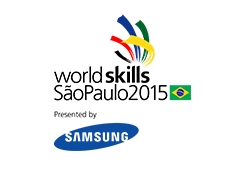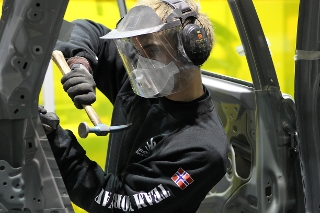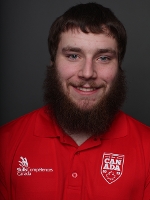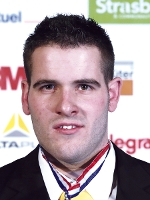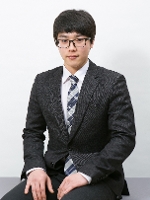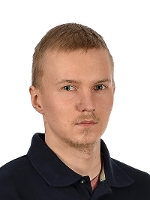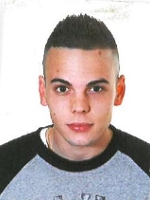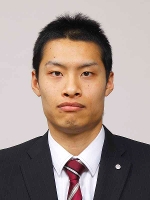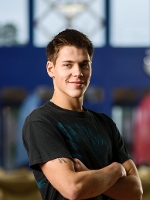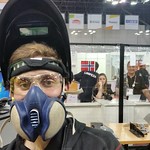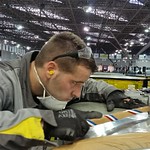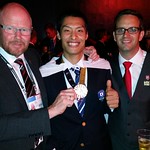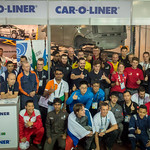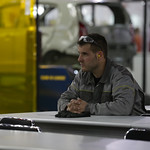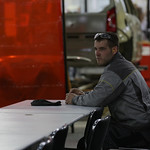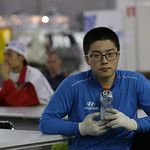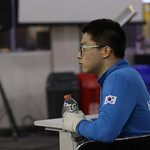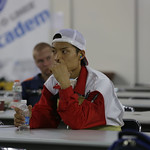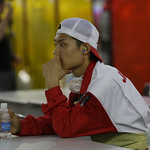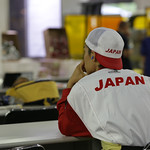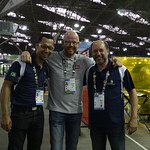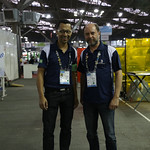Autobody Repair
Skill Explained
Autobody repairers realign both the structure and the panelling of both light and heavy good vehicles after they have been involved in collisions. This can often be a complex process as each collision will present different degrees and directions of damage. The repaired vehicle must conform to the stringent specifications laid down by the vehicle manufacturer and meet both their tolerances and their safety specifications. An autobody repairer needs to be familiar with mechanical components and their function as well as the specific and often complex safety restraint systems (SRS) fitted to modern vehicles. The autobody repairer returns the vehicle to a condition where it ready for refinishing by a car painter.
An autobody repairer works in a specialist garage dedicated to repair and equipped with the machinery and equipment suitable to repair a wide variety of modern passenger cars.
An autobody repairer’s work is often divided between major and minor collision damage; however, skills in both areas may often be used on the same vehicle. In a major collision repair the autobody repairer will mount the vehicle onto a specialized body jig with which he or she can diagnose the direction and extent of the misalignment to the car body structure. He or she then attaches heavy hydraulic pulling equipment to the body and uses this pulling force to reverse the damaging force.
After the misalignment has been rectified to the structure the repairer will normally have to remove damaged structural and non-structural members which are replaced with new sections or part sections using various welding processes and/or riveting and bonding. For a minor collision an autobody repairer may replace or repair non-structural panels to a condition suitable for refinishing with paint.
Repairers must be able to use vehicle body alignment benches and associated measuring equipment (universal and fixed bracket) as a means of assessing the extent of damage and reinstating the structure to its original specifications. An autobody repairer must be a skilled welder who is capable of joining a variety of metals such as low carbon steel, high strength steels or aluminium alloys using metal active gas welding (MAG), tungsten inert gas welding (TIG), and resistance spot welding.
He or she must be able to select the correct consumables for the metal being welded and adjust the machine to provide an efficient high quality weld. In some circumstances body panels may be replaced using bonding and riveting equipment. The repairer must be able to prepare, adjust and use this equipment effectively following manufacturers specifications to reinstate damage panels.
Autobody repairers must be able to remove damaged sections with minimum disruption to surrounding body work and re-attach/re-align the parts to reinstate the integrity of the body shell. These parts or panels may be welded, bolted or riveted.
For minor damage that does not require the replacement of a part or panel an autobody repairer will use a variety of repair tools to remove the damage and reinstate the panel’s original contours. These may involve a range of shaped hammers and ‘dollies’, bumping files, body files, pry bars and oil stones.
What the Competitors do at the Competition
Competitors will be judged on the following activities:
- Follow safety procedures during vehicle repair operations
- Remove, re-install (or replace with new), and align bolted, screwed, riveted, clip or adhesively attached exterior and/or interior panels/parts
- Operate and/or manipulate necessary equipment and tools used to perform Autobody repairs
- Perform diagnosis and corrections of vehicle damage
- Replace necessary welded-on panels/parts
- Repair damaged panels (steel, aluminum, plastic)
- Prepare vehicle for the refinishing operation
- Perform autobody related repairs such as (but not limited to) electrical diagnosis
Competitors
Matheus Arruda
Brazil
Arjun Bind
India
Justin Dambitis
Canada
David Fox
New Zealand
Alexis HAFFNER
France
Søren Holm Frandsen
Denmark
Ryan Jones
United Kingdom
Jeong Su Kim
Korea
Ivan Krylov
Russia
XUE-ZHI LIAO
Chinese Taipei
Anders Lint Moland
Norway
Manuel Lipp
Switzerland
Liang Luo
China
Thabiso Mohale
South Africa
wahit nurohim
Indonesia
Jani Ohenoja
Finland
Yeray Pargaña
Spain
Takuma Shimizu
Japan
Victor Ståhlkrantz
Sweden
Johannes Zäuner
Germany
Experts

Richard Büttner
Germany

Daniel Chudy
Canada

Santiago CUELLIGA
Spain
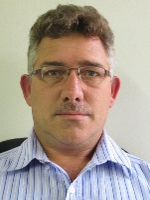
Gregory Du Preez
South Africa
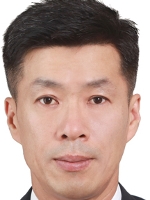
Gui Hyeon Jang
Korea

Joni Jussila
Finland

Karyanto KARYANTO
Indonesia
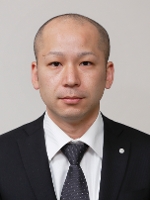
Daisuke Kobayashi
Japan
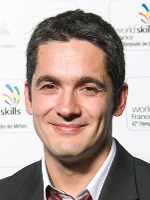
Jérémy Lagouarde
France

Chin Shih Lin
Chinese Taipei

Gary McCormick
New Zealand

Frazer Minskip
United Kingdom
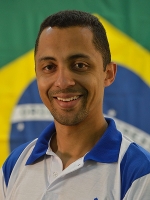
Wemerson Nascimento Alves
Brazil
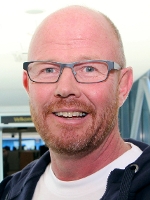
Kjell Arild Orheim
Norway

Dhaval Rajput
India

Mattias Roth
Sweden
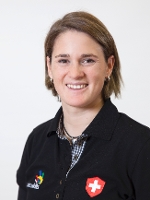
Diana Schlup
Switzerland

Sergey Shabelnikov
Russia
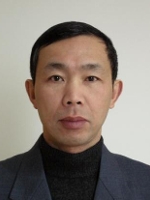
Jianhua Ye
China
Videos
A New Look at Skills
Autodesk Publisher 3D models*
Download for desktop
Download for mobile
Autodesk Inventor Data Sets**
* Open the 3D models on desktop with Autodesk Inventor Publisher. On mobile download the Autodesk Inventor Publisher Mobile Viewer app (iOS or Android).
** Students and Teachers can download Autodesk Inventor software via the Autodesk Student Community, Educational Institutions via Autodesk Academic Resource Centre (ARC).
